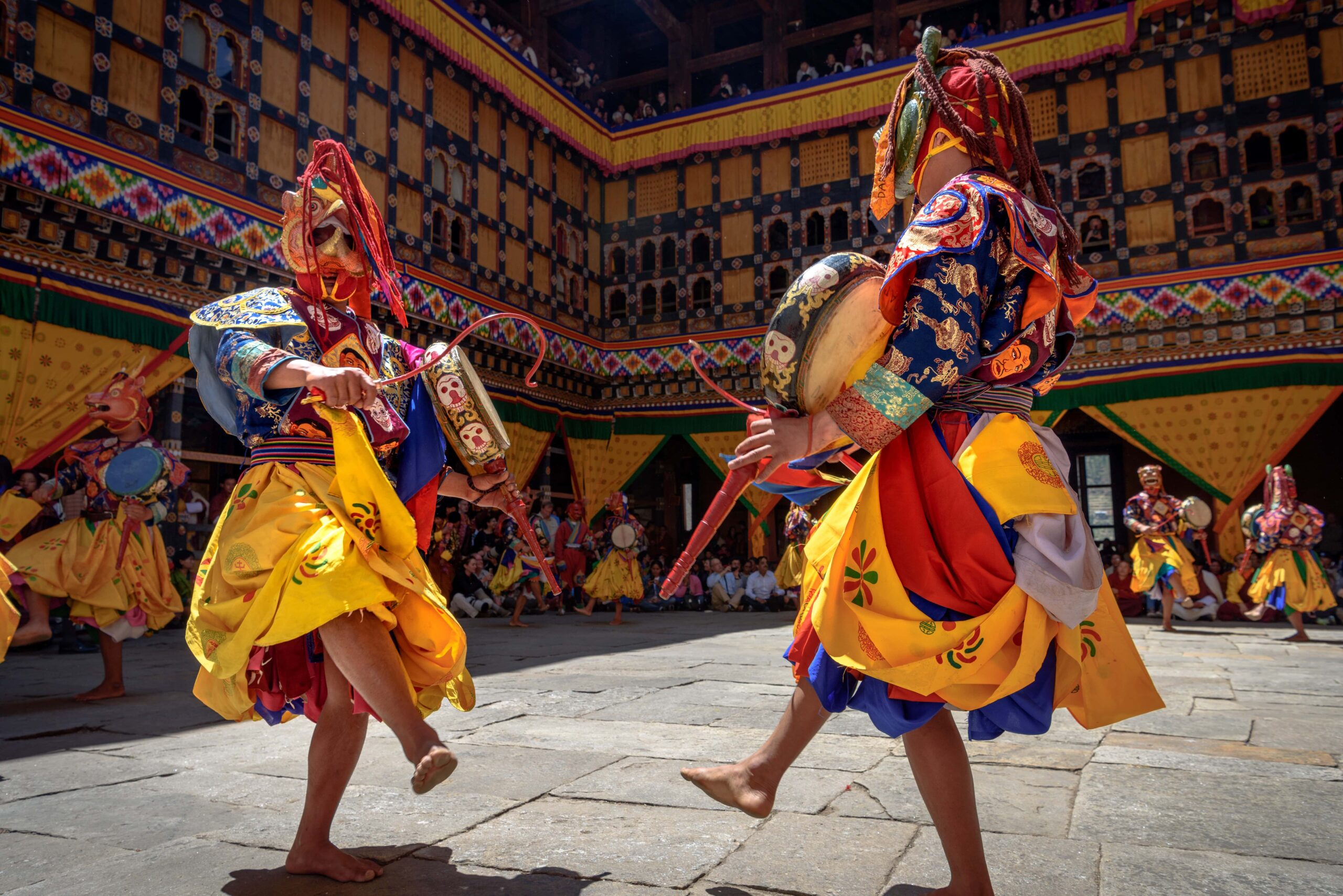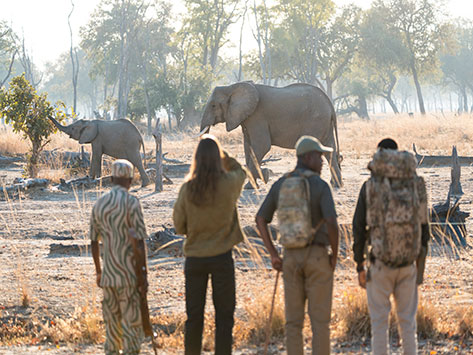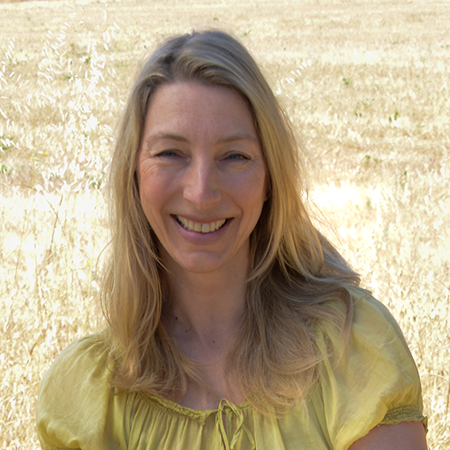Guided by Purpose: An interview with safari guide Tristan Allan-Reynolds
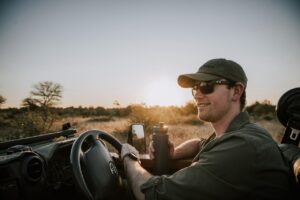
As one of the leading safari guides in South Africa, Tristan Allan-Reynolds brings a deep-rooted connection to nature, conservation, and people into his work. Currently guiding at Tanda Tula in the Timbavati, he has shaped countless journeys through his expertise and passion for the African bush.
Raised between city life in Durban and the wilds of KwaZulu-Natal, Tristan brings a deep-rooted connection to nature, conservation, and people into his work as a safari guide. With six years of experience – much of it on foot in remote parts of Kruger National Park – his safaris are immersive journeys shaped by purpose and passion.
How did your relationship with the bush begin?
I grew up going back and forth between Durban and our family place in northern KwaZulu-Natal, in a game reserve. Every chance I had, I wanted to be in the bush. My parents would ask, “Beach or bush?” I always said bush. That’s where it all started.
Were you drawn more to nature or conservation at first?
Both. I spent school holidays maintaining roads and fences on the reserve, helping with wildlife protection. I also worked with orphaned rhinos whose mothers had been poached. I thought I’d go into conservation full-time, but guide training made me realize how much I love working with people. And meeting guests from all over the world is really special.
Where have you guided, and how did you get started?
I’ve been guiding for six years. Three years in Timbavati and three in northern Kruger at Pafuri. I started with walking safaris, which require separate qualifications. Being on foot teaches you a lot. It’s very humbling to meet a big animal at ground level.
What does a typical day on safari look like?
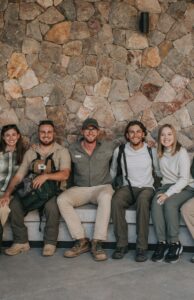
We’re up at 4:00 a.m. with coffee and pastries ready for guests, and out by 5:30. If something exciting happens, I often extend the drive because people have traveled across the world for this, and I want them to have the best possible experience. Breakfast in the bush is always a highlight. Then there’s downtime before the afternoon activity, sundowners, and dinner around 7:30. I often sit with guests sharing a meal because it’s a great way to connect.
What’s the most rewarding part of guiding, and the most challenging? Helping create a moment someone will never forget, that’s incredibly rewarding. But it’s also hard when we can’t find the one animal they hoped to see. It’s not disappointment from the guest, it’s how much we want them to leave with that memory.
How do you approach each new group of guests?
I try to balance bucket-list moments with helping people understand how an ecosystem works. The bush is more than big cats – it’s about conservation and connection. Guests are contributing just by being here, and once they understand that, it adds meaning to the whole experience.
What has this work taught you?
Everyone’s different, but most people who come to Africa feel something powerful. We call it the African bug. I’ve learned how important it is to reconnect with the outdoors, even stepping outside can shift your perspective. And I’ve learned how meaningful it is to really connect with people, even for just a few days.
What keeps you passionate about guiding?
The joy on people’s faces. The storytelling. Meeting people from around the world. I’ve built genuine friendships in just a few days, and we still keep in touch. That connection, and the chance to raise awareness through my work, that’s what motivates me.
Tell us about your new podcast, Heart of the Wild.
My co-host Dianna and I want to bring people into the bush – whether they’ve been on safari or not. We’ll share stories from the field, highlight organizations doing important work, and raise awareness about what’s happening on the ground. As the quote goes, “You can’t expect to make a difference if you don’t start with yourself.” That’s where we’re beginning. 🎧 Listen: Heart of the Wild on Apple Podcasts — stories from the field and conversations about conservation.



